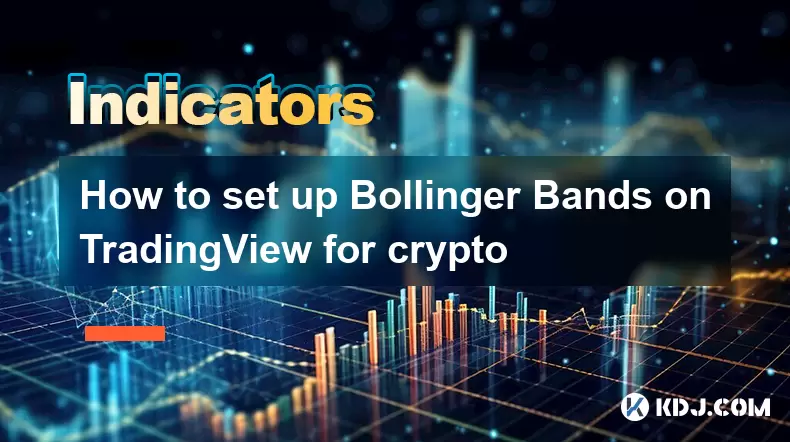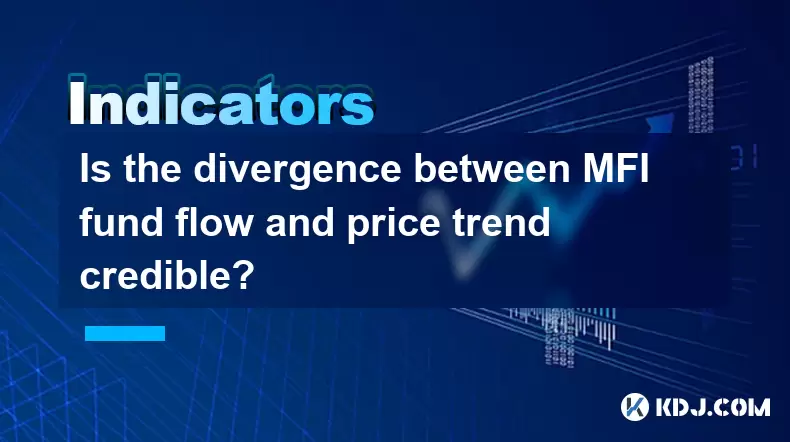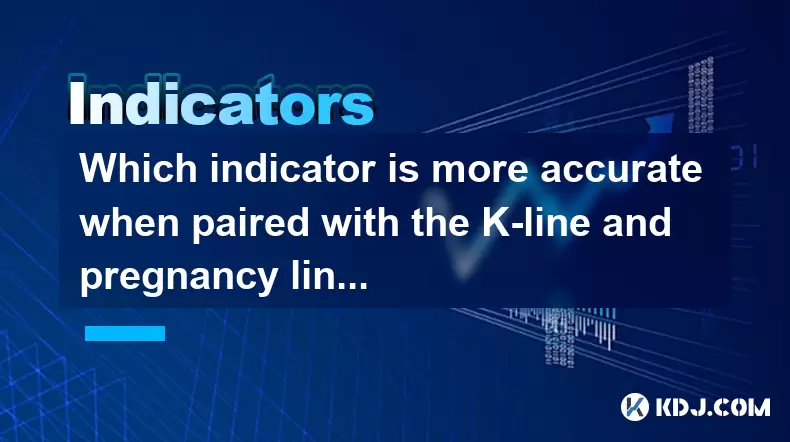-
 Bitcoin
Bitcoin $119300
1.07% -
 Ethereum
Ethereum $3730
3.87% -
 XRP
XRP $3.235
0.29% -
 Tether USDt
Tether USDt $1.000
0.00% -
 BNB
BNB $783.5
1.88% -
 Solana
Solana $188.7
0.25% -
 USDC
USDC $0.0000
-0.01% -
 Dogecoin
Dogecoin $0.2399
-0.44% -
 TRON
TRON $0.3157
2.37% -
 Cardano
Cardano $0.8254
1.94% -
 Hyperliquid
Hyperliquid $42.83
0.14% -
 Stellar
Stellar $0.4372
3.21% -
 Sui
Sui $3.859
4.91% -
 Chainlink
Chainlink $18.53
3.53% -
 Hedera
Hedera $0.2464
0.01% -
 Bitcoin Cash
Bitcoin Cash $519.8
2.46% -
 Avalanche
Avalanche $24.24
2.17% -
 Litecoin
Litecoin $113.7
0.73% -
 UNUS SED LEO
UNUS SED LEO $8.990
0.30% -
 Shiba Inu
Shiba Inu $0.00001390
0.21% -
 Toncoin
Toncoin $3.188
1.49% -
 Ethena USDe
Ethena USDe $1.001
0.02% -
 Polkadot
Polkadot $4.090
-0.91% -
 Uniswap
Uniswap $10.40
4.08% -
 Monero
Monero $326.6
3.12% -
 Bitget Token
Bitget Token $4.627
-0.42% -
 Pepe
Pepe $0.00001281
0.76% -
 Dai
Dai $1.000
0.01% -
 Aave
Aave $291.6
0.98% -
 Cronos
Cronos $0.1269
7.26%
How to set up Bollinger Bands on TradingView for crypto
Bollinger Bands help crypto traders identify volatility, overbought/oversold levels, and potential breakouts by plotting standard deviation bands around a moving average on platforms like TradingView.
Jul 14, 2025 at 09:07 am

Understanding Bollinger Bands in Cryptocurrency Trading
Bollinger Bands are one of the most widely used technical analysis tools among cryptocurrency traders. They consist of a moving average and two standard deviation lines plotted above and below it. These bands help traders identify volatility, potential overbought or oversold conditions, and possible price breakouts in crypto assets. In the volatile world of cryptocurrencies like Bitcoin, Ethereum, and Solana, understanding how to interpret these bands can be crucial for making informed trading decisions.
The tool is especially effective in markets where prices often experience sharp swings and sudden reversals. When applied correctly on TradingView, which is a popular platform among crypto traders, Bollinger Bands become an essential component of many traders' analytical toolkit.
Accessing the Bollinger Bands Indicator on TradingView
To begin setting up Bollinger Bands on TradingView, you must first access the platform through its web interface or mobile app. Once logged in, navigate to the chart of the cryptocurrency you wish to analyze. This could be any major asset such as BTC/USD, ETH/USD, or even altcoins like XRP or DOGE.
After selecting your preferred trading pair, locate the "Indicators" button at the top of the chart window. Clicking this will open a dropdown menu where you can search for various technical indicators. Type "Bollinger Bands" into the search bar. As you type, the indicator should appear in the list. Select it, and it will automatically apply to your chart with default settings.
It's important to note that TradingView offers customizable parameters, allowing users to adjust the sensitivity and appearance of the bands based on their trading strategy.
Customizing Bollinger Bands Settings
Once the Bollinger Bands have been added to your chart, you may want to customize the settings to better suit your trading approach. To do this, click on the gear icon next to the indicator name in the chart legend. A settings panel will appear, offering several adjustable parameters.
One key parameter is the length, which refers to the number of periods used in the moving average calculation—typically set to 20 by default. Another important value is the standard deviation multiplier, which determines how far the bands are placed from the moving average. The default is usually 2, but some traders prefer adjusting it to 1.5 or 2.5 depending on market conditions.
You can also change the source of the data used in calculations—such as using closing prices or high/low values. Additionally, visual aspects like line color, thickness, and style can be modified to improve visibility on your chart. These customization options make Bollinger Bands adaptable across different timeframes and trading styles in the crypto market.
Interpreting Bollinger Bands on Crypto Charts
Understanding how to read Bollinger Bands is vital for effective trading. When the price of a cryptocurrency moves toward the upper band, it may indicate overbought conditions, suggesting a potential pullback. Conversely, when the price touches or approaches the lower band, it might signal oversold territory, hinting at a possible rebound.
However, it’s essential to remember that Bollinger Bands do not predict price direction—they only reflect volatility and relative price levels. During strong trends, prices can remain near or even beyond the bands without reversing immediately. Therefore, combining Bollinger Bands with other indicators like RSI or MACD can provide more reliable signals in crypto trading.
Another phenomenon to watch for is the Bollinger Band squeeze, where the bands contract tightly around the price. This often precedes a significant price move, either upward or downward. Recognizing these patterns early can give traders a strategic advantage in fast-moving crypto markets.
Applying Bollinger Bands Across Different Timeframes
The effectiveness of Bollinger Bands varies depending on the timeframe selected. Short-term traders, such as day traders or scalpers, often use smaller intervals like 1-minute, 5-minute, or 15-minute charts. On these timeframes, the bands tend to react quickly to price changes, making them useful for identifying short-lived volatility spikes or quick entry/exit points.
On the other hand, swing traders who hold positions for days or weeks may rely on higher timeframes such as 1-hour, 4-hour, or daily charts. These offer broader insights into trend strength and long-term support/resistance levels influenced by the Bollinger Bands.
Regardless of the timeframe, it’s crucial to observe how price interacts with the bands across multiple sessions. Repeated touches of the upper or lower band can serve as confirmation of strong resistance or support zones in crypto trading. Adjusting the Bollinger Bands parameters accordingly ensures they remain relevant to the specific timeframe being analyzed.
Frequently Asked Questions (FAQs)
What happens if the price stays outside the Bollinger Bands?
If the price remains consistently outside the Bollinger Bands, especially the upper band, it typically indicates a strong uptrend. However, it doesn't necessarily mean a reversal is imminent. Traders should look for additional confirmation signals before assuming a reversal, as extended moves outside the bands can persist during strong momentum phases in crypto markets.
Can I use Bollinger Bands on all cryptocurrencies?
Yes, Bollinger Bands can be applied to any cryptocurrency available on TradingView, including major ones like Bitcoin, Ethereum, and various altcoins. Their effectiveness may vary depending on the liquidity and volatility of the specific asset. Highly volatile coins may require adjustments to the standard deviation settings for more accurate readings.
How do Bollinger Bands differ from Keltner Channels?
While both Bollinger Bands and Keltner Channels are volatility-based indicators, they differ in their construction. Bollinger Bands use standard deviations to determine the width of the bands, whereas Keltner Channels rely on the Average True Range (ATR). This makes Keltner Channels less sensitive to sudden price spikes compared to Bollinger Bands, which can be particularly noticeable in crypto markets.
Is it advisable to trade solely based on Bollinger Bands?
No, relying solely on Bollinger Bands for trading decisions is not recommended. While they provide valuable insights into volatility and potential price extremes, they work best when combined with other technical indicators like volume, RSI, or moving averages. Using multiple tools together enhances the reliability of trading signals in the unpredictable crypto environment.
Disclaimer:info@kdj.com
The information provided is not trading advice. kdj.com does not assume any responsibility for any investments made based on the information provided in this article. Cryptocurrencies are highly volatile and it is highly recommended that you invest with caution after thorough research!
If you believe that the content used on this website infringes your copyright, please contact us immediately (info@kdj.com) and we will delete it promptly.
- Bitcoin, Jim Cramer, and the US Deficit: A Wall Street Story
- 2025-07-25 10:30:11
- TGEs, Scalability & Privacy Tech: Decoding the Future of Blockchain
- 2025-07-25 10:30:11
- Ben Askren, FUNKY Memecoin, and the Fallout: A New York Minute
- 2025-07-25 10:50:11
- TRON, Crypto Payroll, and Stablecoins: A New York Minute on the Future of Finance
- 2025-07-25 08:30:11
- WazirX, Revote, and Crypto Unlock: A New York Minute on the Latest Developments
- 2025-07-25 06:50:11
- Hong Kong Stablecoin Regulation: Navigating the Hype and Hurdles
- 2025-07-25 08:30:11
Related knowledge

Is the divergence between MFI fund flow and price trend credible?
Jul 25,2025 at 12:01pm
Understanding MFI and Fund Flow in Cryptocurrency MarketsThe Money Flow Index (MFI) is a technical oscillator that combines price and volume to assess...

Should I go all in when DIF crosses DEA?
Jul 25,2025 at 12:42am
Understanding DIF and DEA in MACD AnalysisWhen traders analyze DIF and DEA in the context of the Moving Average Convergence Divergence (MACD) indicato...

Should I go all in when the upper edge of the box is broken?
Jul 25,2025 at 01:50am
Understanding the 'Box' in Cryptocurrency Price ChartsThe term 'box' in cryptocurrency trading typically refers to a price consolidation range where t...

Should I go all in when the parabolic turning signal appears?
Jul 25,2025 at 06:36am
Understanding the Parabolic Turning Signal in Crypto TradingThe parabolic turning signal is a technical indicator derived from the Parabolic SAR (Stop...

Should I follow up with a full position when the trading volume suddenly increases?
Jul 25,2025 at 12:28am
Understanding Sudden Increases in Trading VolumeA sudden spike in trading volume often signals heightened market activity and can indicate that new in...

Which indicator is more accurate when paired with the K-line and pregnancy line combination?
Jul 25,2025 at 05:43am
Understanding the K-Line and Pregnancy Line CombinationThe K-line, also known as the Japanese candlestick chart, is a foundational tool in technical a...

Is the divergence between MFI fund flow and price trend credible?
Jul 25,2025 at 12:01pm
Understanding MFI and Fund Flow in Cryptocurrency MarketsThe Money Flow Index (MFI) is a technical oscillator that combines price and volume to assess...

Should I go all in when DIF crosses DEA?
Jul 25,2025 at 12:42am
Understanding DIF and DEA in MACD AnalysisWhen traders analyze DIF and DEA in the context of the Moving Average Convergence Divergence (MACD) indicato...

Should I go all in when the upper edge of the box is broken?
Jul 25,2025 at 01:50am
Understanding the 'Box' in Cryptocurrency Price ChartsThe term 'box' in cryptocurrency trading typically refers to a price consolidation range where t...

Should I go all in when the parabolic turning signal appears?
Jul 25,2025 at 06:36am
Understanding the Parabolic Turning Signal in Crypto TradingThe parabolic turning signal is a technical indicator derived from the Parabolic SAR (Stop...

Should I follow up with a full position when the trading volume suddenly increases?
Jul 25,2025 at 12:28am
Understanding Sudden Increases in Trading VolumeA sudden spike in trading volume often signals heightened market activity and can indicate that new in...

Which indicator is more accurate when paired with the K-line and pregnancy line combination?
Jul 25,2025 at 05:43am
Understanding the K-Line and Pregnancy Line CombinationThe K-line, also known as the Japanese candlestick chart, is a foundational tool in technical a...
See all articles

























































































